Your vital organs—screened
Scan your body for potential cancer and 500+ conditions in up to 13 organs.




Our scan is designed to















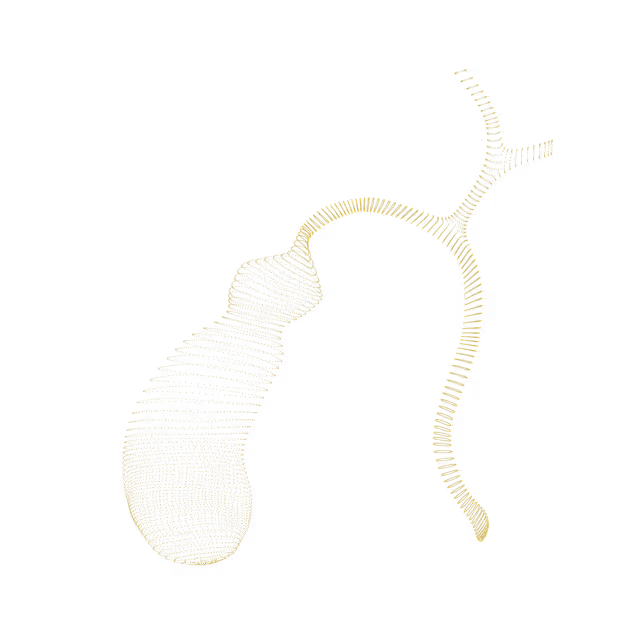
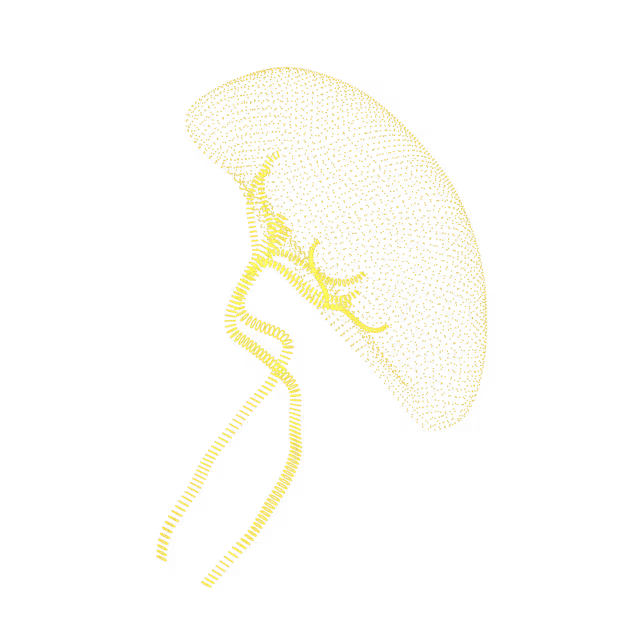

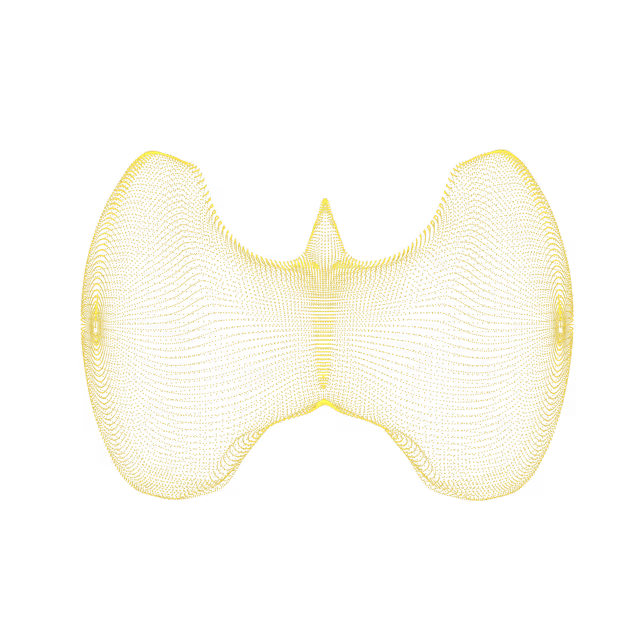

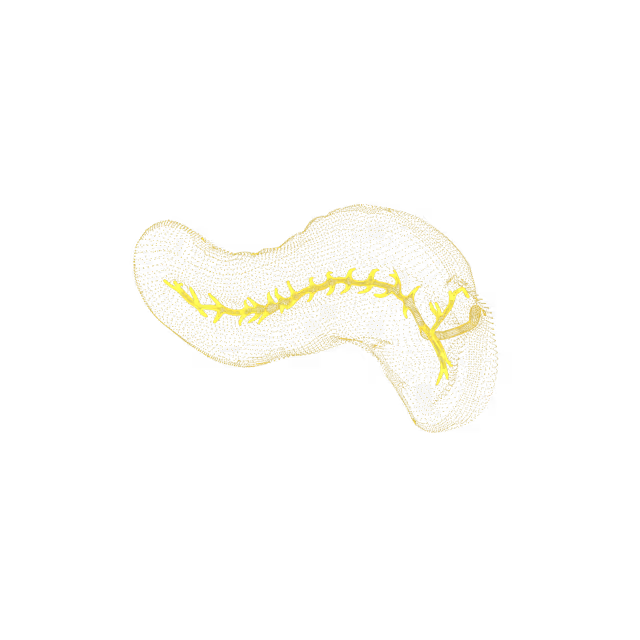
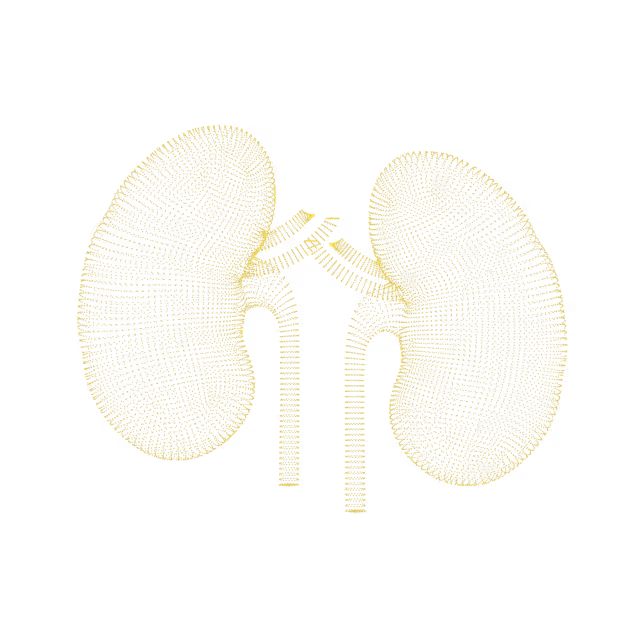
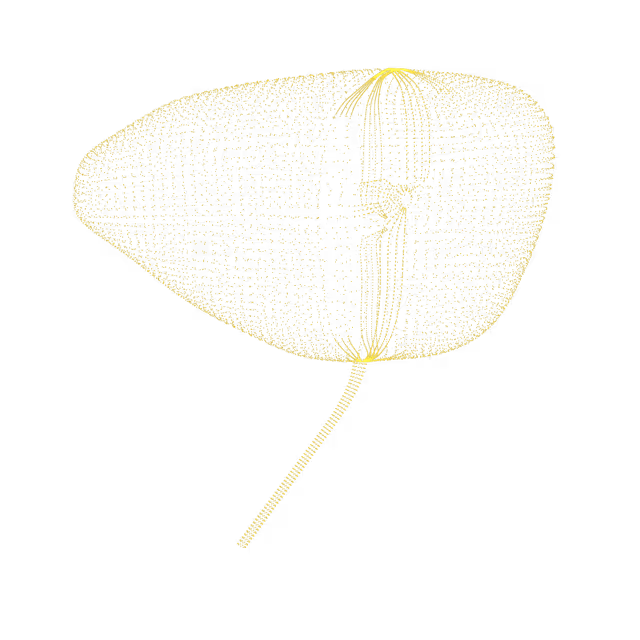
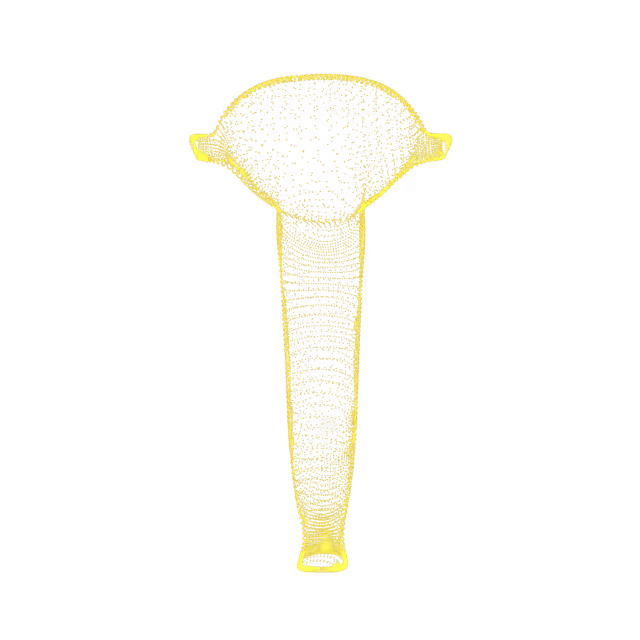
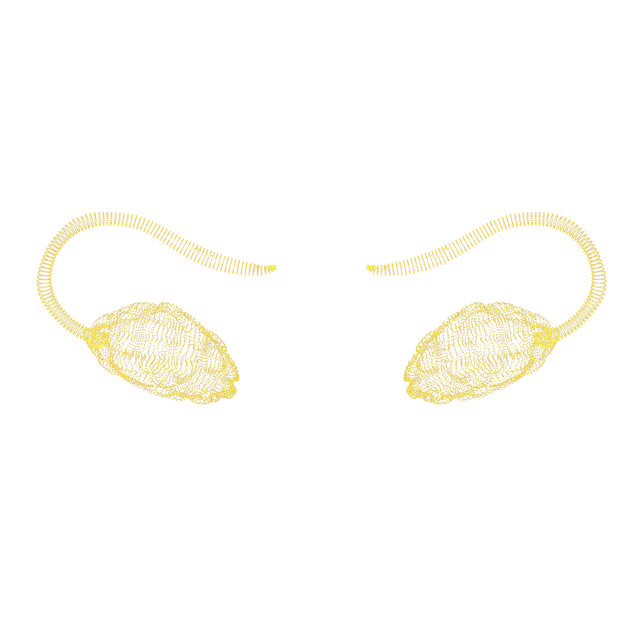
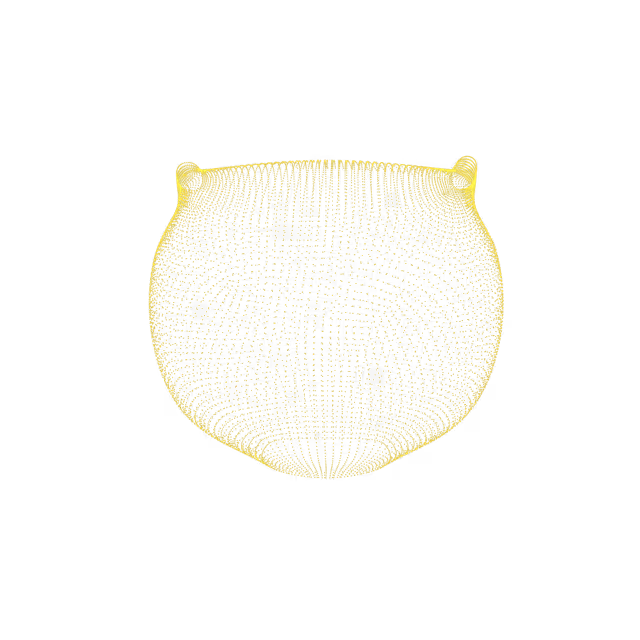

Spinal canal stenosis is when the space where the spinal cord runs through the spine is narrower than normal. This can be congenital (from birth) or from degenerative wear-and-tear. Symptoms can include pain, numbness, tingling or weakness.
Sometimes when the spaces between the vertebrae (spine bones) become narrowed, the nerves that exit through these openings can get compressed (pinched or impinged) causing pain, numbness, tingling or weakness.
A syrinx is a cyst (a fluid filled sac) within the spinal cord. The most common cause of syrinx formation is Chiari malformation type I, a developmental variant in which brain tissue protrudes into the spinal canal. Depending on the cyst location and size, a syrinx can be asymptomatic (does not cause symptoms) or cause neurological symptoms (e.g. headaches, pain, numbness, tingling and/or weakness).
Nerves are covered by a sheath lining called the meninges. Sometimes extra cerebral spinal fluid (CSF) collects within the lining, forming what is called a perineural cyst (also known as Tarlov cyst or nerve sheath cyst). It is unclear what causes these cysts to form. Perineural cysts usually do not cause any symptoms. However, sometimes they can expand in size and cause symptoms of pain or numbness when the adjacent nerve is compressed.
As an individual ages, it is common to develop small degenerative abnormalities of the spine such as disc bulges or herniations. Degenerative changes that do occur here can lead to symptoms of pain, numbness, tingling, and/or restricted motion.
An edema is a buildup of fluid. A bone marrow edema (often referred to as bone marrow lesion) occurs when fluid builds up in the bone marrow. Bone marrow edema is typically a response to an injury such as a fracture or conditions such as osteoarthritis. Bone marrow edema usually resolves itself with rest and physical therapy.
Osteophytes (bone spurs) are bony growths that form on joints when cushioning cartilage in between bones breaks down. Typical causes include aging wear-and-tear, poor posture and physical injury. Bone spurs are actually smooth growths that usually do not cause symptoms, but sometimes large spurs can physically compress nerves and cause symptoms including stiffness, pain, weakness, tingling or numbness. Disc osteophyte complex is a term used on MRI to denote the presence of disc changes (e.g. bulging, protrusion) in conjunction with osteophytes resulting in narrowing of the spinal canal (the space where the spinal cord runs through the spine).
Spondylolysis is a crack or stress fracture in the vertebrae (spine bone). It is usually caused by repeated stress on the lower back (e.g. weight lifting). Spondylolysis is usually asymptomatic (does not cause symptoms) but when symptoms do occur, low back pain is the most common presentation. The pain may spread across the lower back and/or radiate to the buttocks and to the back of the thighs, and may feel like a muscle strain. The pain is generally worse with vigorous exercise or activity and improves with rest.
Commonly known as a pinched nerve, radiculopathy is injury or damage to nerve roots at the level where they exit the spine. This can lead to symptoms of pain, numbness, tingling or weakness.
The spine consists of alternating spine bones (vertebrae) and cartilage discs. A Schmorl's node is an upward or downward pushing of the cartilage disc into the adjacent vertebrae. Schmorl's nodes are most common in the middle and lower spine. They usually cause no symptoms and reflect wear-and-tear of the spine that has occurred over time or could be due to trauma (e.g. car accident).


© 2025 Ezra